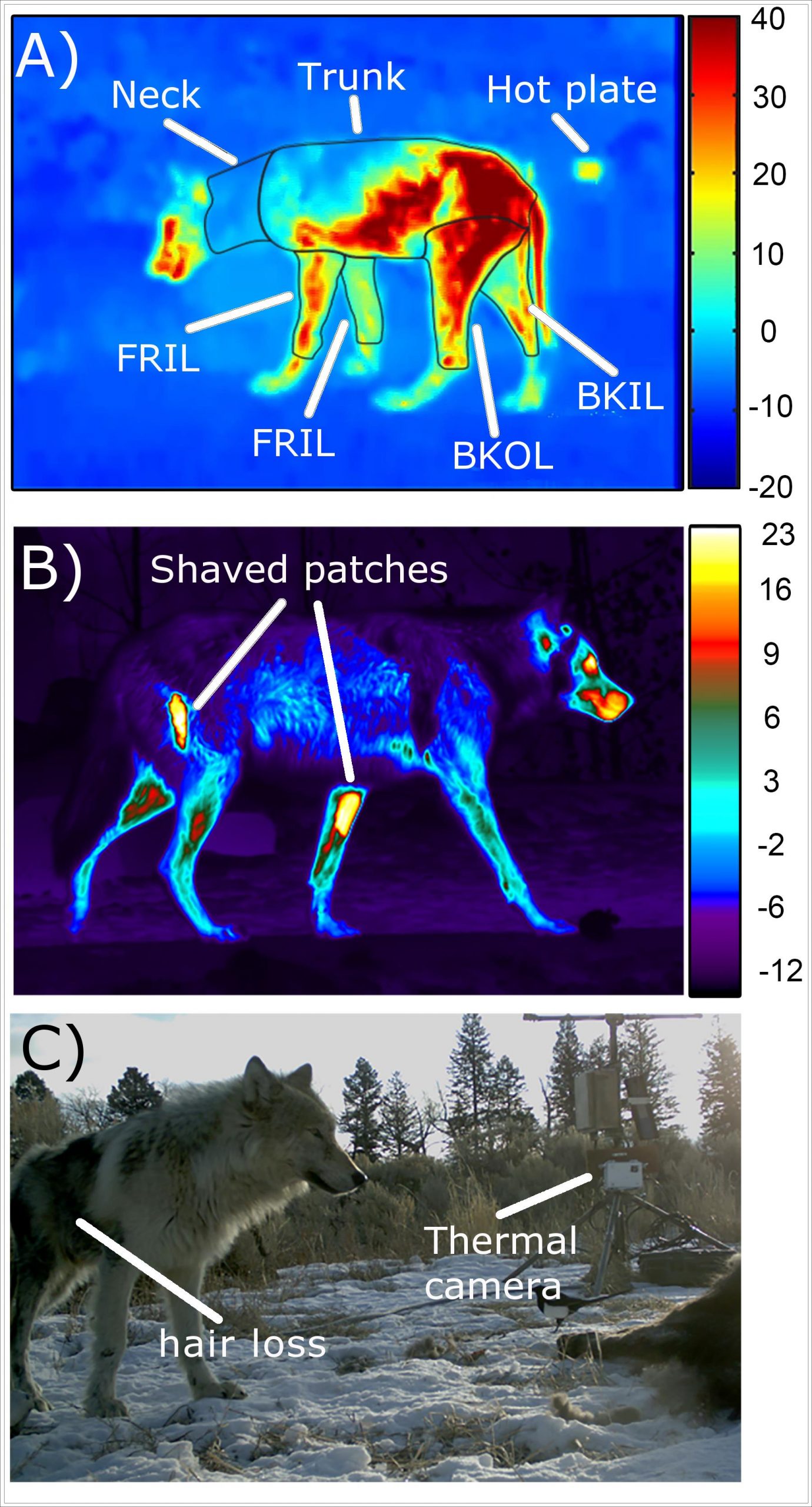Fear as an ecosystem engineer
This post contributed by Cristina Eisenberg, conservation biologist at Oregon State University Over the past three years I have conducted thirteen hundred focal animal observations on elk in the northern and southern Rocky Mountains. This involves patiently watching one animal at a time for up to twenty minutes and recording its wariness–that is, the amount of time it spends with…
